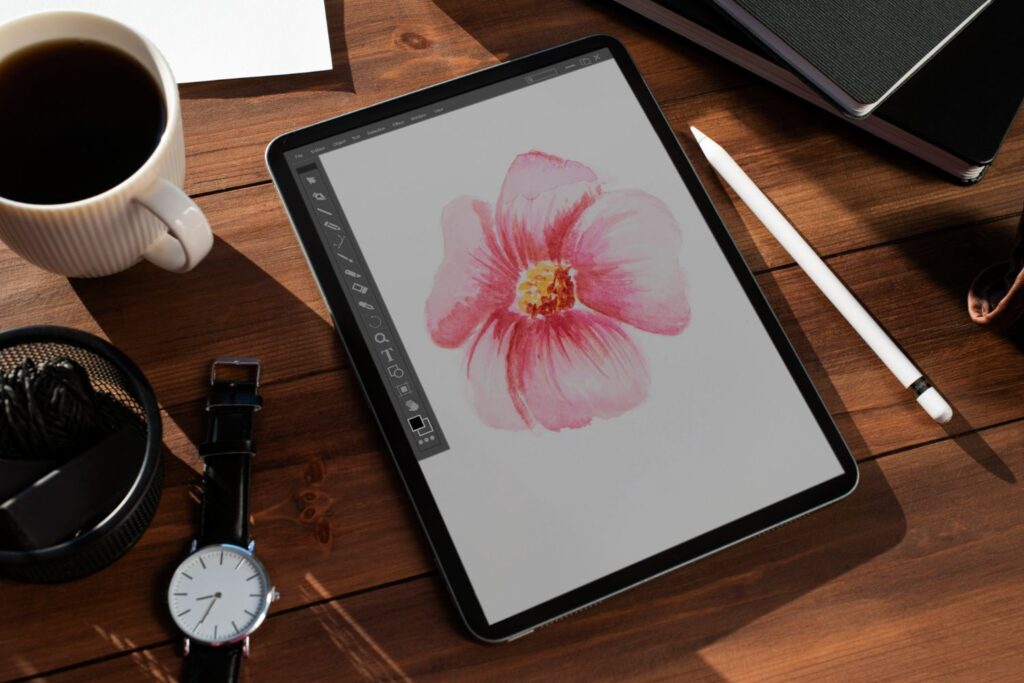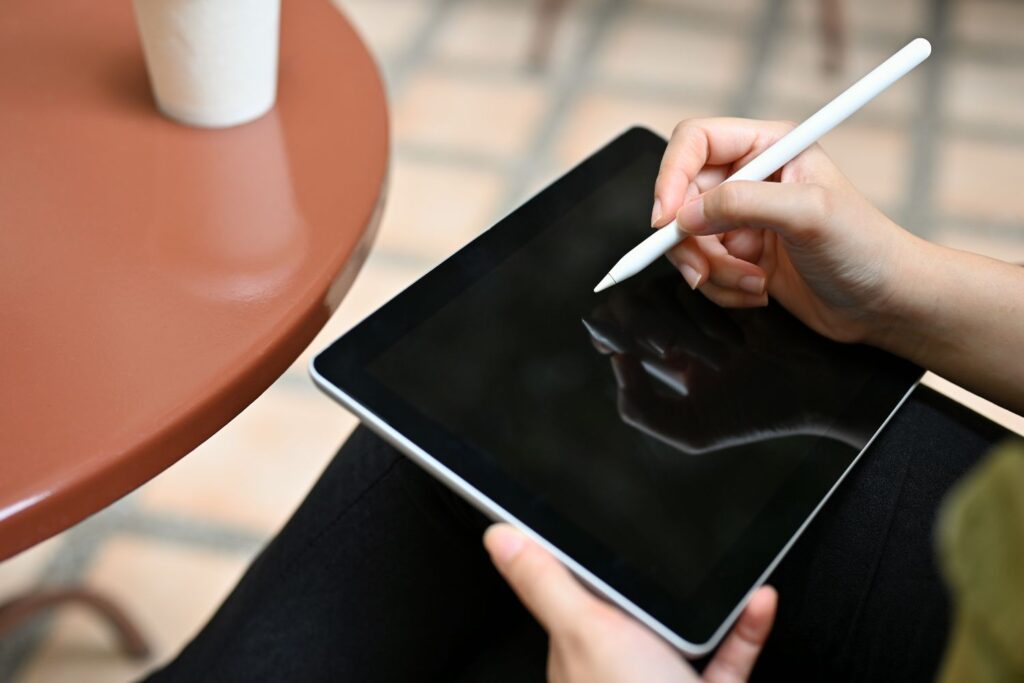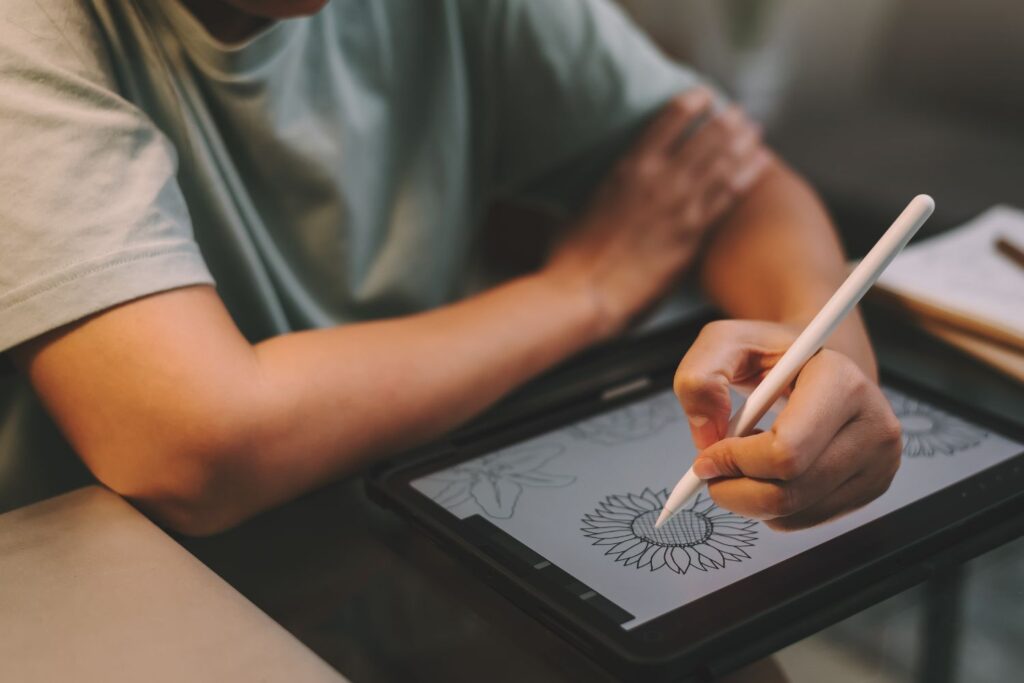Is Digital Art a Medium? Unraveling the Debate — Explore the world of digital art and unravel the debate over whether it’s a true artistic medium in this comprehensive guide.
As technology continues to advance at a rapid pace, the art world is no exception. For decades, a debate has been brewing over the legitimacy of digital art as a true medium. This article aims to examine the topic and provide some clarity on this subject.
What is Digital Art?
Digital art is a form of art that uses digital technology as an essential part of the creative process. This encompasses various types of artwork, from illustration and graphic design to 3D modeling and digital photography. Instead of traditional materials such as paint, pencil, or clay, digital art is created using software, computers, or electronic devices like tablets and smartphones. The development of digital art can be traced back to the 1960s, but it has grown significantly with the rise of the internet and modern digital tools.
Characteristics of Digital Art
Digital art offers artists a range of unique characteristics that differentiate it from traditional art forms. Some of these include:
- Flexibility and adaptability: With digital art, artists can easily edit and modify their work without having to start from scratch, as well as collaborate with others irrespective of their geographical location. This ease of revision makes it an appealing medium for many artists.
- Variety of styles and techniques: The digital realm hosts an almost infinite number of tools, brushes, and effects, allowing artists to explore a wide range of styles and techniques to create eye-catching and unique artwork.
- Accessibility: Unlike traditional art forms, digital art requires less investment in terms of materials and space, making it more accessible for those looking to break into the art world or simply explore their creativity.
- Reproducibility: With digital art, the artist can create multiple copies without loss of quality, which can be a valuable advantage when it comes to marketing and selling artwork.
The Debate: Is Digital Art a Medium?
While it’s clear that digital art possesses its own unique qualities and offers numerous advantages over traditional art forms, the question remains: is digital art a medium? Detractors argue that the lack of a tangible, physical aspect to the work diminishes its artistic value, while supporters maintain that it is simply a modern evolution of artistic expression.
Medium or Tool?
One argument against considering digital art a medium is that it is more appropriately categorized as a tool, similar to a paintbrush or pencil. However, this viewpoint overlooks the fact that digital art isn’t limited to a single tool or technique – it encompasses a vast array of methods, software, and devices, each with their own unique possibilities and limitations.
Authenticity and Value
Another contentious point in the debate is the question of authenticity and value, as some argue that the reproducibility of digital art diminishes its worth. However, the value of an artwork is often determined by its artistic merit and emotional impact, regardless of the medium or the ease of reproduction.
Conclusion: The Evolution of Art and Embracing Change
Ultimately, whether one views digital art as a medium or not is subjective and heavily influenced by personal perspectives on artistic expression. That being said, art has continuously evolved throughout history, with new materials, techniques, and media being introduced and eventually being accepted as legitimate forms of expression.
Digital art represents yet another chapter in the evolution of creativity, and as technology advances and our definition of art continues to expand, it seems reasonable to conclude that digital art is indeed a medium, albeit a constantly evolving and dynamic one.




